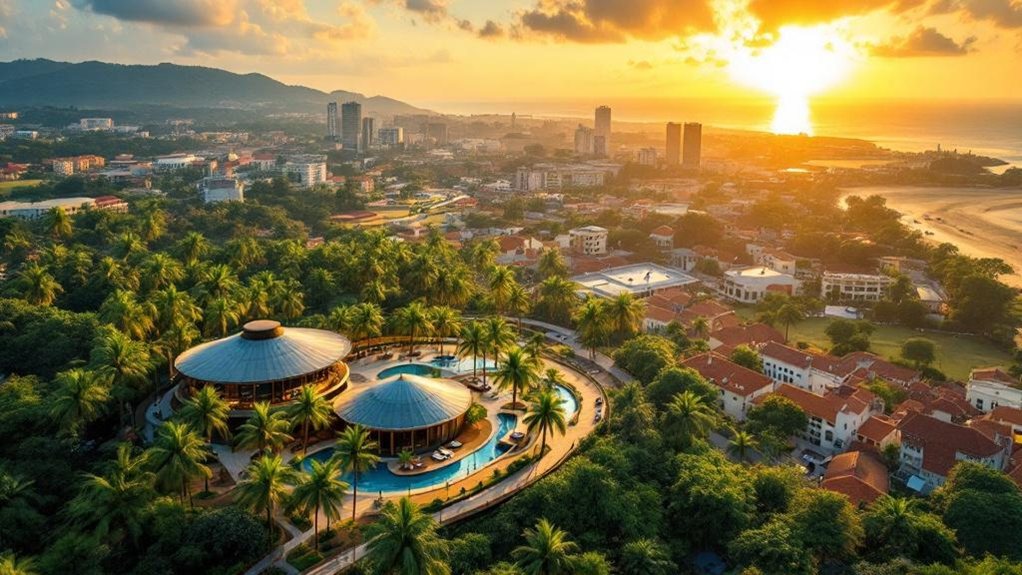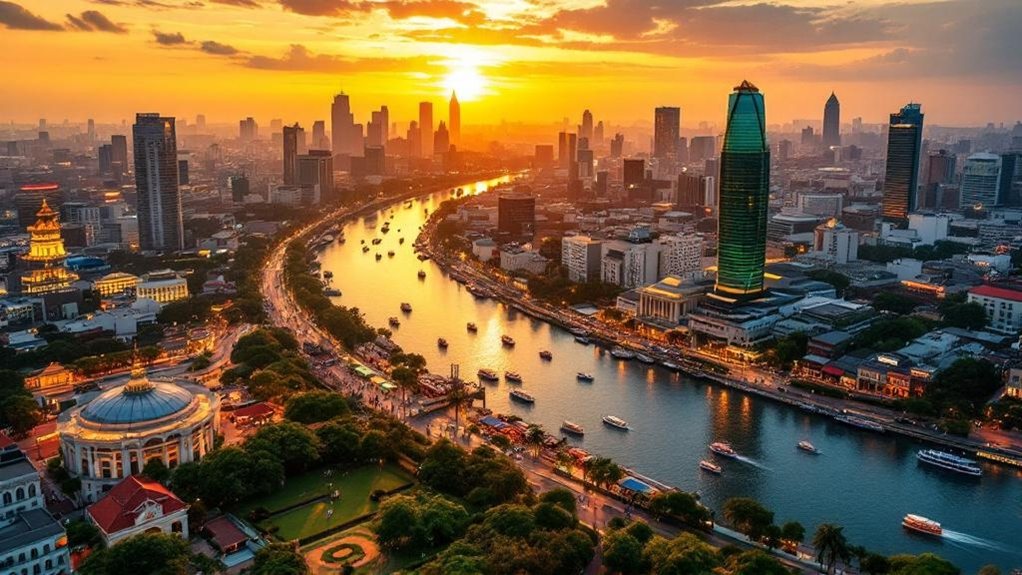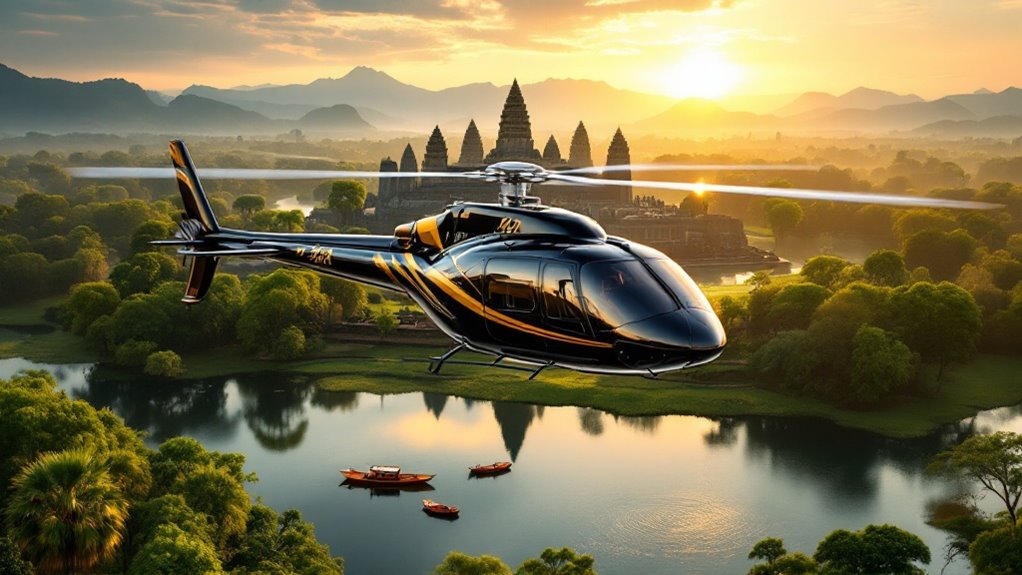Goa is set to redefine its tourism landscape with a ₹350 crore investment in 2025, shifting focus from its traditional beach-centric appeal. This initiative, supported by “Double Engine Sarkar,” emphasizes sustainable, long-term development including infrastructure enhancement, new international flight routes, and improved domestic connectivity. The plan involves rebranding by promoting cultural festivals, wellness tourism, and heritage sites. With significant international visitor growth, Goa aims to balance economic benefits with cultural and environmental sustainability. Discover how these efforts may transform Goa’s tourism.
Goa’s tourism sector is set for a significant transformation with a thorough overhaul funded by a ₹350 crore investment, scheduled for implementation in 2025. This initiative marks a collaborative effort between the state and central government, referred to as the “Double Engine Sarkar,” focusing on sustainable, long-term development rather than temporary solutions. The investment aims to diversify Goa’s tourism appeal beyond the traditional beach-centric model by improving infrastructure, connectivity, and introducing new tourism products.
A ₹350 crore investment will transform Goa’s tourism, focusing on sustainable growth beyond beaches.
Key infrastructure developments include the expansion and modernization of both international and domestic airports to facilitate increased traffic. Enhancements to transportation connectivity will introduce new direct international flight routes, including a resumption of flights from Gatwick, UK, in late September 2025, and new connections with Poland, Kazakhstan, and Uzbekistan. These measures are designed to boost international tourist inflows beyond traditional markets. Notably, Aeroflot’s new direct flights from Yekaterinburg to Mopa Airport starting in October 2025 are expected to bring over 13,000 Russian tourists during the season.
Additionally, domestic connectivity improvements are intended to support regional tourism growth. Enhanced facilities at key tourist sites will improve the visitor experience, while upgrades to hospitality and accommodation aim to maintain high occupancy rates ranging from 70% to 100%. For backpackers seeking longer stays, Goa is expanding its network of affordable guesthouses and hostels that provide both budget accommodation and opportunities for cultural immersion.
Goa’s tourism strategy includes a significant push to rebrand the region beyond its “beach tourism” image. This effort involves promoting cultural festivities, such as the São João festival, to attract diverse tourist segments. The introduction and expansion of wellness tourism, spiritual circuits, and heritage sites illustrate a commitment to eco-friendly and regenerative tourism practices, encapsulated in the “Goa Beyond Beaches” initiative. The recent announcement of ₹161 crore Unity Mall in Chimbel and ₹125 crore Digital Museum in Ponda further highlights Goa’s endeavors to enhance cultural experiences for tourists.
The support for local arts, crafts, and cultural experiences is part of the diversification of tourism products.
The tourist statistics for the first half of 2025 show a total of 5.45 million visitors, with a notable 8.4% increase compared to 2024. Domestic tourism grew by 39.5%, while international tourism saw a 50% increase from pre-COVID-19 figures in 2019.
This strategic vision aims to sustain tourism growth by balancing economic benefits with cultural and environmental sustainability, fostering an inclusive and authentic tourism experience.









